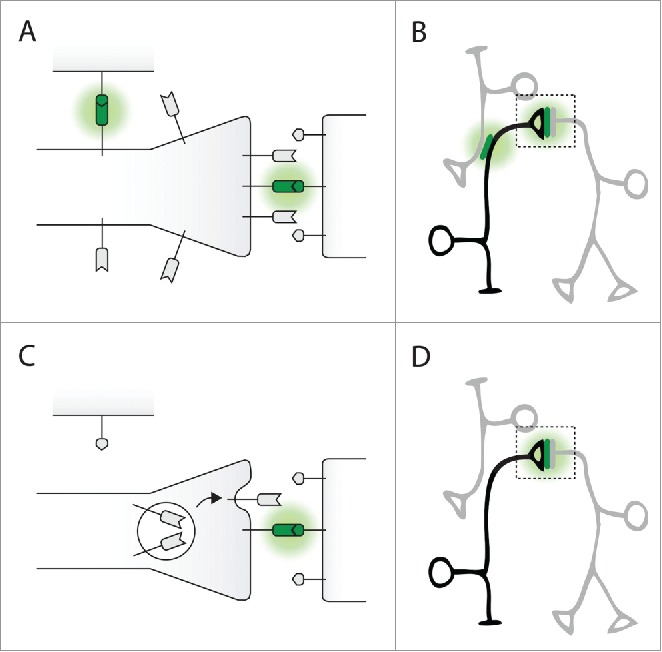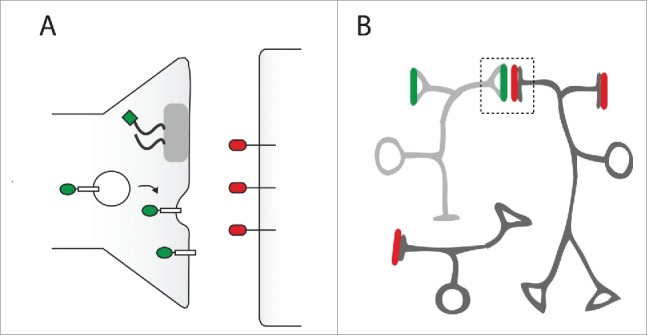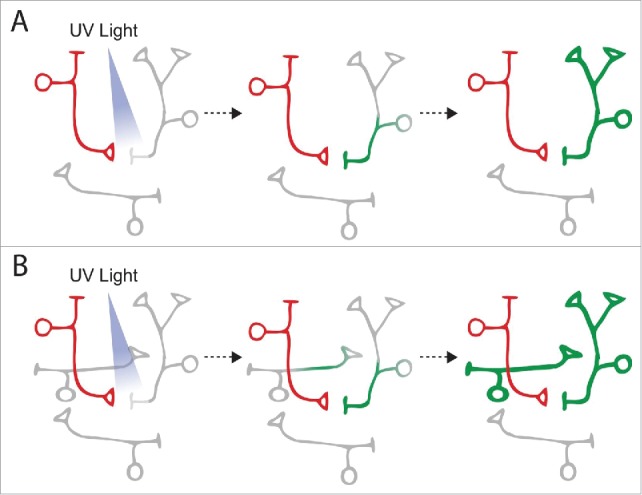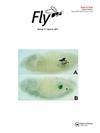方法:研究神经系统的结构和连通性。
IF 2.2
4区 生物学
Q3 BIOCHEMISTRY & MOLECULAR BIOLOGY
引用次数: 12
摘要
要理解神经回路中发生的计算,就需要确定这些回路中的神经元是如何相互连接的。此外,最近的研究表明,异常的神经元布线可能是几种神经发育障碍的原因,进一步强调了识别脑回路接线图的重要性。为了解决这个问题,最近发展了几种新的方法。在这篇综述中,我们描述了几种目前可用来研究大脑结构和连接的方法,并讨论了它们的优势和局限性。本文章由计算机程序翻译,如有差异,请以英文原文为准。



Methods to investigate the structure and connectivity of the nervous system.
Understanding the computations that take place in neural circuits requires identifying how neurons in those circuits are connected to one another. In addition, recent research indicates that aberrant neuronal wiring may be the cause of several neurodevelopmental disorders, further emphasizing the importance of identifying the wiring diagrams of brain circuits. To address this issue, several new approaches have been recently developed. In this review, we describe several methods that are currently available to investigate the structure and connectivity of the brain, and discuss their strengths and limitations.
求助全文
通过发布文献求助,成功后即可免费获取论文全文。
去求助
来源期刊

Fly
生物-生化与分子生物学
CiteScore
2.90
自引率
0.00%
发文量
17
审稿时长
>12 weeks
期刊介绍:
Fly is the first international peer-reviewed journal to focus on Drosophila research. Fly covers a broad range of biological sub-disciplines, ranging from developmental biology and organogenesis to sensory neurobiology, circadian rhythm and learning and memory, to sex determination, evolutionary biology and speciation. We strive to become the “to go” resource for every researcher working with Drosophila by providing a forum where the specific interests of the Drosophila community can be discussed. With the advance of molecular technologies that enable researchers to manipulate genes and their functions in many other organisms, Fly is now also publishing papers that use other insect model systems used to investigate important biological questions.
Fly offers a variety of papers, including Original Research Articles, Methods and Technical Advances, Brief Communications, Reviews and Meeting Reports. In addition, Fly also features two unconventional types of contributions, Counterpoints and Extra View articles. Counterpoints are opinion pieces that critically discuss controversial papers questioning current paradigms, whether justified or not. Extra View articles, which generally are solicited by Fly editors, provide authors of important forthcoming papers published elsewhere an opportunity to expand on their original findings and discuss the broader impact of their discovery. Extra View authors are strongly encouraged to complement their published observations with additional data not included in the original paper or acquired subsequently.
 求助内容:
求助内容: 应助结果提醒方式:
应助结果提醒方式:


